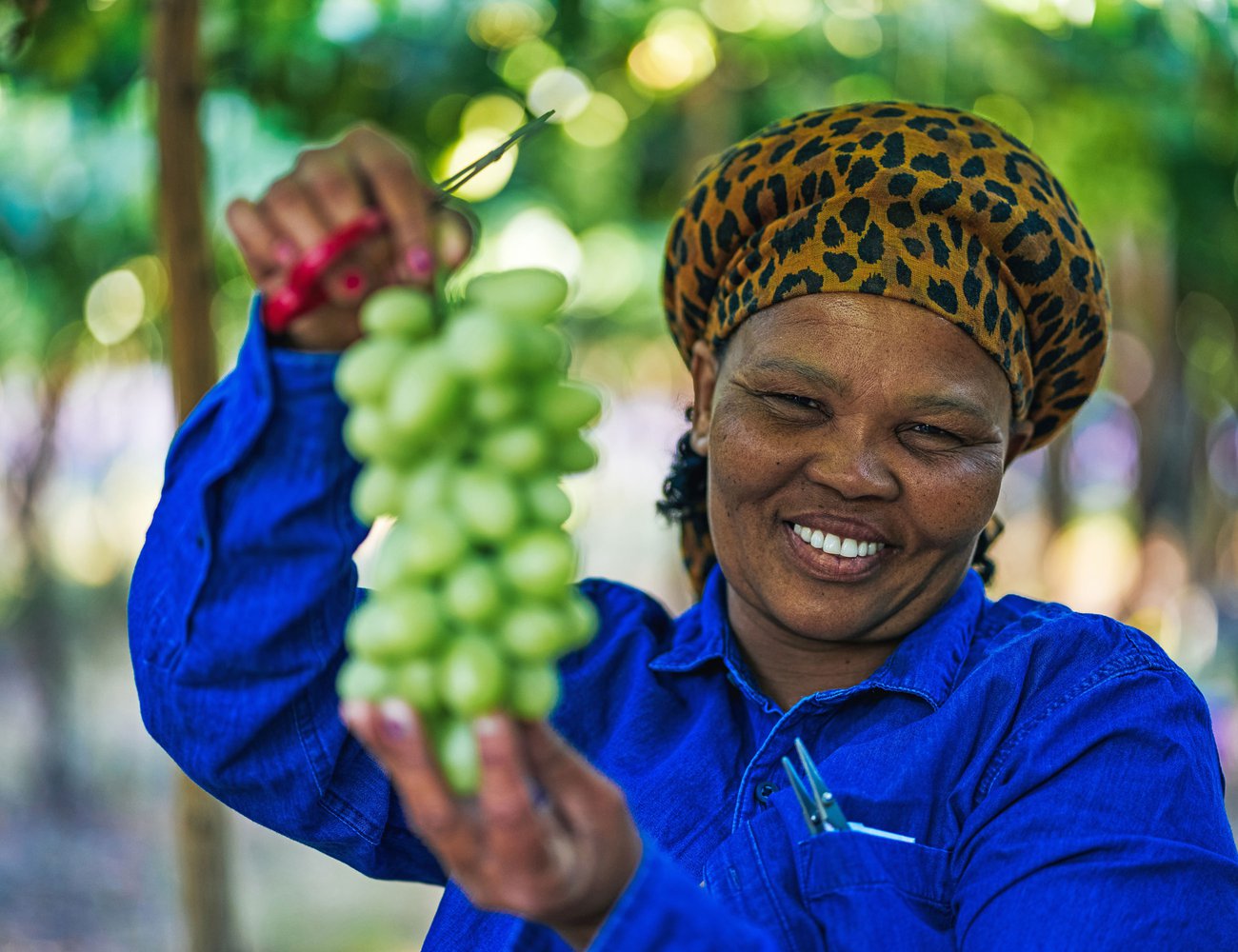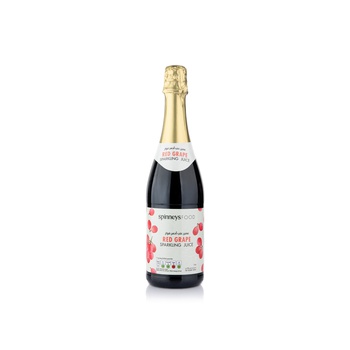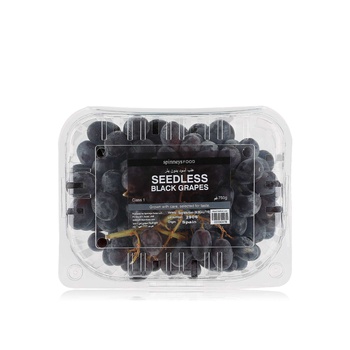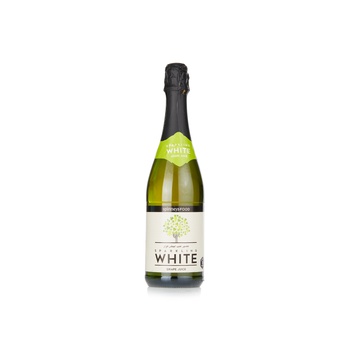Here, we talk to its General Manager Jacques Clift, about how with a great vision, foreign investment, top quality products and good people, the impossible is being made possible, and a greener future lies ahead for all
Here, we talk to its General Manager Jacques Clift, about how with a great vision, foreign investment, top quality products and good people, the impossible is being made possible, and a greener future lies ahead for all
Spinneys’ parent company Albwardy Investment bought Komsberg 2.5 years ago. What’s the vision for the farm?
Mr Albwardy is passionate about Komsberg – not only the farm‘s rugged and often unforgiving landscape, but also its people who share their lives with this project.
As with Spinneys, he does not want to pursue volume, but rather quality – in every aspect, including farming techniques, workforce training and taking care of the land, on which he is privileged to farm. We are therefore systematically reviewing and taking corrective action on crop varieties, housing, production and
up-skilling staff to fulfil this objective.
Millions of dollars have been invested into Komsberg for land and crop development, and we’re not just talking about table grapes for which the farm is well known – tell us more.
When we took over Komsberg, there were 160 hectares of vineyards. We removed more than 60 hectares of unproductive plantations. Better farming practices resulted in our crop estimate for this year equalling that of 2018, in spite of the reduced area. We will continue to review the production of each block and take action as required.
We planted 94 hectares of new vines this year and will increase our vineyards to 250 hectares over the next couple of years. To diversify our product range we planted 65 hectares of soft citrus this season and will increase it to 130 hectares next year.
We will develop cash crops, like lucerne during 2020 and constantly look for more diversification of products that are suitable for the area. We plan to establish a date plantation in 2021 as well.
The aim is to eventually farm all our export fruit under netting. Soil preparation in this area is critical, expensive and takes time. Without excellent soil preparation crops will not yield what is expected.
This development has obviously been great for job creation, too. Please explain.
Yes, we currently employ 140 permanent staff members and 600 seasonal workers. As the new plantations mature, the workforce will increase accordingly and double within the next three years. The citrus development will create more permanent opportunities as this will be ready to harvest after the grape season.
cont....
cont....
Why is the climate in south-eastern Namibia good for growing grapes?
Because of the hot, dry climate, our vines and trees don’t really get any diseases, which means we can limit the use of pesticides. Our bunches of grapes get good berry sizes and we’re also guaranteed crisp fruit that colours well, because of where and how we plant our vines. Due to the early summer and weather conditions, our early grape varieties can be first to market in the Northern Hemisphere.
What grape varieties do you grow?
We have a range of red, black and white/green grapes – most of which are seedless because of market demand, but we do have a few seeded ones left on the farm, too. Our early season varieties include Prime, Early Sweet and Flame grapes; mid-season, we have Sugarone [superior quality], Moonballs and Victoria grapes; our late-season option is the Thompson variety, which is known for its excellent taste.
When do you plant new vines? And when are they ready for harvesting?
The ideal time for planting is at the beginning of August each year. This allows time for the new vines to grow fully, bear fruit and be ready for harvesting 16 months later. We start harvesting in mid-November and this usually happens over a 6-7 week period. It’s important that we finish before the rainy season starts after the first week in January, so that the fruit does not get damaged.
Cont....
Cont....
How bad is the rainy season – given you’re in such arid climes?
Rainfall in the area happens mostly from late January to April, after our harvest season. Over the past couple of years, we’ve had only 12-14mm per year – so not much! But we could have anything up to 80mm in just one hour.
Water is clearly scarce in south-eastern Namibia, but Komsberg is fortunate in its position along the Orange River. To what extent does this benefit the farm?
We’re extremely lucky in terms of our location. Komsberg borders the Orange River in South Africa for 53km. Komsberg is a large farm, with more than a 1,000 hectares of land suitable for irrigation. We have enough water from this reliable river source to develop this over the next few years.
What type of irrigation do you use?
Because of the region’s extreme heat, we use micro irrigation. This allows us to cool the vineyards down very quickly.
You mentioned that everything will eventually be under nets – why is this?
Nets create a more controlled, micro-climate which is better for the vines and trees. You get little to no wind; no damage from birds. There’s less water evaporation which means we can irrigate less, and we don’t have to use too many fertilisers. Ultimately you can grow more vigorous crops and netting enables farmers to spend much less on crop insurance.
How do you know when the grapes are ready to be picked?
It all depends on the variety. For certain black grapes, if you pluck a single berry off the stem and it leaves a bit of black flesh behind, then you know the bunches are ready for harvesting.
For others, you can look at the colour of the cane (stem): if it is brown and growing towards the bunch, you can cut the fruit. Early in the season it can be difficult to tell sometimes, so we’ve trained our employees to decide upon taste. We also use tools in the field, such as a size ring set and a refractometer – this lets you measure sugar content/brix levels from juice samples.
Is there an optimum sugar level for grapes?
For table grapes, you’re looking for a brix level that is between 16-17 per cent. The more sugar the fruit has, the heavier it is. Working with grapes all comes down to timing – you don’t want to pick too early, as the berries will be too small and sugar levels will be low, but you also don’t want your fruit to be too big, or overripe. We always harvest bunches that are between 450-550g – depending on the variety. This also means that the bunches will fit into our punnets easily – with as little handling as possible.


Cont....
Cont....
Do you pack all your grapes onsite?
Yes, we have our own pack house – which will undergo renovation. During harvest season, it is in operation every day. The fruit is picked from 4am in the morning, and we start production at 6am. Once everything has been cut, sorted for size, weighed, put into punnets and packed into cartons and palletised, we keep it in cold storage until it’s ready for air- or sea-freight by our export agency Bet-El Fruits.
Tell us more about Komsberg’s best practices.
Food safety is important for us as a business. We spend a lot of time teaching our employees about how to work with the fruit. We avoid chemicals; we don’t believe in using a lot of fertilisers – so we can keep everything as natural as possible, and all our products are checked and approved by the Agro-Marketing & Trade Agency (AMTA) on a daily basis to ensure they’re packed and exported according to high industry standards. Our customers want to know where their fruit is coming from, so we implemented a traceability programme which allows us to know the block each bunch of grapes has been picked from, who the picker was and on which day the fruit was harvested. Perhaps the main focus is developing the community and providing the best opportunities for our employees.
How do you support your workforce?
Like many northern Namibians who come to seek work in the south, our employees and their families require proper housing. They’re used to building small, traditional reed houses, but these don’t offer the best living conditions. We’re in the process of constructing new homes for all our 140 permanent and 600 temporary workers, providing them with furniture and appliances, electricity, clean water and an overall safe environment. Phase one of this project is finished, and we’ve started phase two.
We also plan to build a large shop (we have a small one already), as well as a clinic and a school on the farm. Our plan is for Komsberg to be fully self sustainable for everyone who lives there. We want to improve the skills, the lives and the futures of our entire community. We cannot be the best farm in the world if we do not look after our people.
You’ve been farming since you were 18 years old. What has kept you in this business?
I started farming because I love working with people. Over the years I’ve learnt a lot about grapes, and now it’s a privilege for me to be able to share all my knowledge with our employees. Teaching others about why and how I do something is a passion of mine. In this industry, if you can manage your work force, you’ve won 80 per cent of the game. Farming table grapes, or citrus for that matter, is not that difficult; it all comes down to people.









